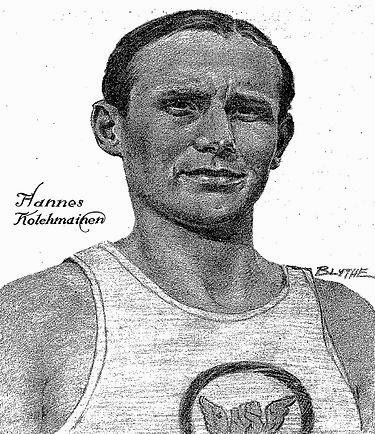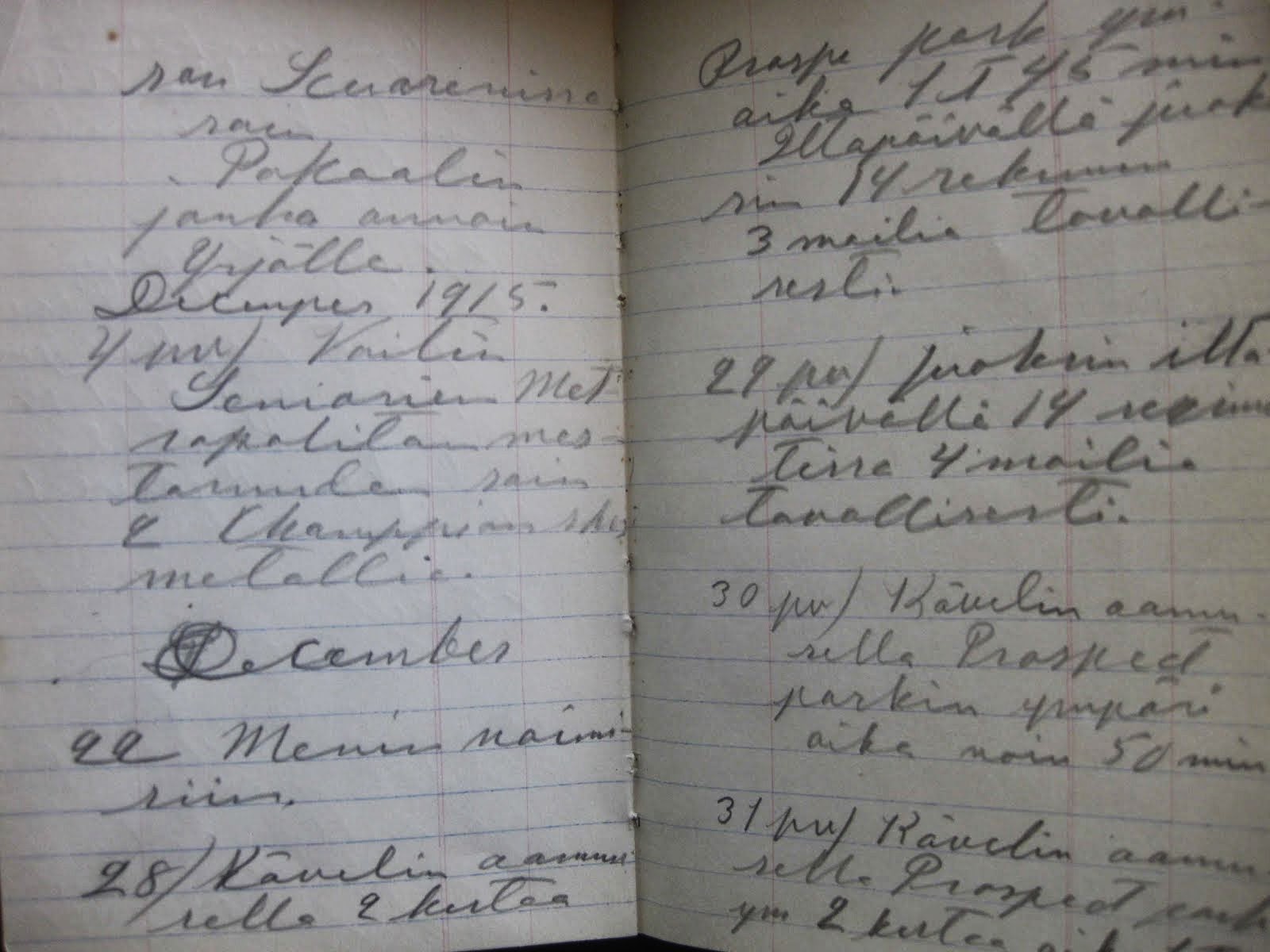tiistai 12. toukokuuta 2015
Synopsis: The First Finn to Fly
(original title: New Yorkin Lentävä suomalainen,
2014. Translation: Kristian London)
The novel begins as Olympic champion Hannes
Kolehmainen (1880‒1966), a Finn and resident of New York, discovers he has
unexpectedly been granted US citizenship. It is the end of January 1921, but by
May, Kolehmainen, the first of several runners to be known as the Flying Finn,
moves back to Finland. During the intervening five months, Hannes must choose
between two countries, two ideologies, and two women.
I: January. Hannes learns that he has been granted US citizenship from an article in
the New York Times. His wife Alma is thrilled, unaware
that after his marathon victory at the previous year’s Olympics in
Antwerp, Hannes made a promise to return to his homeland. American-born
Alma speaks no Finnish and has no desire to Finland with the couple’s son, Hannes
Chester. January comes to a close at the family’s newly-built home on
Staten Island, with a party celebrating Hannes’ citizenship that is attended by
most of the novel’s characters.
II: February. Hannes makes the daily ferry ride from Staten Island to Manhattan, where
he works as a bricklayer. Despite promising to Alma that he will quit
competing, Hannes trains secretly during his commute. On the ferry, Hannes
writes a Training Guide, which he intends on publishing with his coach
and brother, Viljami Kolehmainen. Rautakorpi, a socialist, is
agitating on the job site. The Comintern had forbidden workers from
participating in the capitalists’ Olympics in Antwerp, and fellow runners and
New York residents Ville Ritola and Ville Kyrönen had complied
with this order, while Hannes had not. Ritola and Hannes are friends, but
Hannes hasn’t spoken with the baker Kyrönen since his comrade claimed the
victory in the New York marathon.
III: March. Rautakorpi visits the Kohlemainens one night and informs Hannes that
without his assistance, Hannes’ comrades will avenge his betrayal.
Eavesdropping, Alma learns about the move to Finland, and when her husband’s
secret training also comes out, she leaves Hannes and returns to her father’s Jaakopi’s
home. At Jaakopi’s house, the family celebrates Alma’s prettiest sister’s Martta’s
birthday; Hannes remembers to bring her flowers. On Easter Hannes
disappears for ten days. On the eleventh, Alma forgives him.
IV: April. One day after finishing a bricklaying job on Fifth Avenue, Hannes
disappears and goes off to court the beautiful Martta, who rejects him. Hannes’
cure for his dejection is walking. After making up with Alma, who grants him
permission to run the New York marathon, Hannes trains for the greatest race of
his day, focusing on his main opponent Kyrönen. During the marathon, the quiet
Finn transforms into a killer: athletics are warfare fought with the weapons of
body and spirit, and one’s work must be compensated, through betting if no
other way. But Hannes’ hopes are dashed when it turns out that the sponsors of The
Evening Mail Modified Marathon have disappeared, thanks to Prohibition,
which has been in force for a year.
V: May. The final scene
takes place on May 14, 1921, the day when Hannes, Alma and Hannes Chester board
the Olympic. The pregnant Alma embarks on the journey because of her
sister Martta. The family bids farewell to friends at the harbor, and Kyrönen
gives them a loaf of rye bread as a peace offering. As the vessel passes Ellis
Island, Hannes recounts his grim arrival in America. He talks too much in
general, fearful that the Comintern assassins are lying in wait at the end of
their voyage. If so, his dream of tilling the soil at the farm the Finns gave
their champion will remain that – a dream.
Keywords: Kolehmainen, New York, Staten Island, running,
marathon, athletics, sport, Olympics, emigration, socialism, Finland
Tilaa:
Blogitekstit (Atom)






